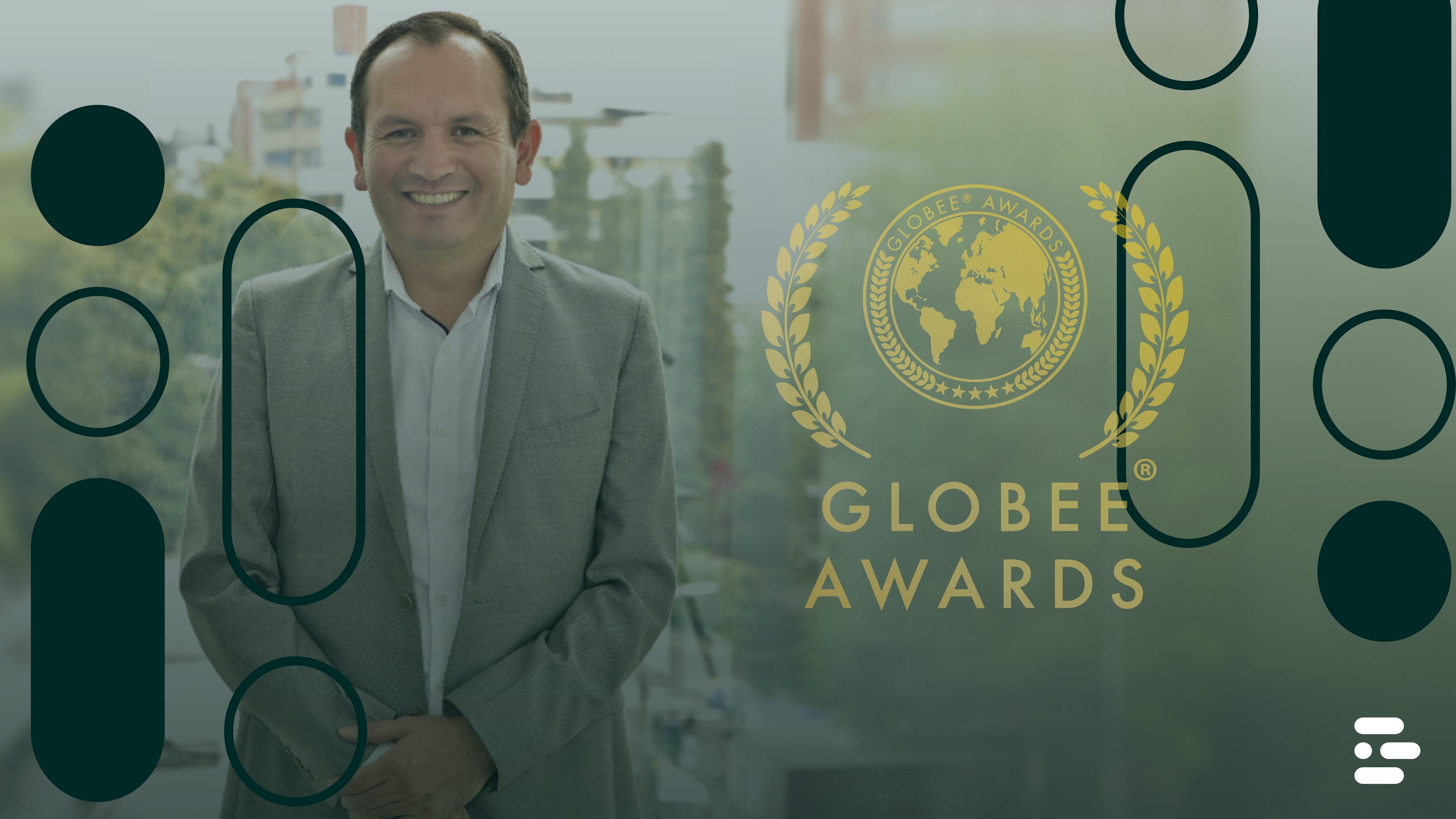Adapting Software Development to Your Team’s Needs for the Best Result


When developing software for your team or client, there will always be various solutions for a problem, but one often stands out as the best option to follow. Ideally, this choice will solve the issue effectively, and you won’t need to revisit it for years.
Sometimes, this preferred solution is the one implemented; however, there are cases when resources are insufficient. You might need a large team, substantial funding, or significant time, or perhaps the team, client, or enterprise isn’t prepared to support it just yet.
Of course, you are responsible for solving the problem and must make a decision. You’ll need to review the factors affecting the solution’s implementation and determine whether it’s the right choice or if adjustments are necessary to fit the situation.
This article outlines some aspects and factors to consider when proposing a solution while remaining flexible and attentive to the current circumstances.
Identify and Clarify the Problem Before Proposing Solutions
To propose solutions, you need a clear understanding of the problem, as solving problems is ultimately what software development aims to do. So, what’s the best way to identify the problem? Listening and speaking.
In most cases, your team will approach you, explaining what they know about the problem, and you’ll need to listen carefully. At this stage, your objective is to understand the team’s perspective and their needs. Try to take notes on key points, or if you’re not someone who writes notes, make an effort to remember each detail. The problem must be clear in your mind.
If something is unclear, ask questions. Sometimes, team members may omit important details because they think they’re not “that important,” but they might be. In these cases, you’ll need to draw out the necessary information. Often, what they didn’t mention could be the key to finding the right solution.
If needed, also speak with others outside your team who have a stake in the project. Stakeholders, architects, or other colleagues might offer perspectives that contrast with your team’s and provide useful insights.
Gather all the information by engaging in conversations both within and outside your team. This way, you’ll better understand the problem, collect different viewpoints, and be able to propose a clear solution.
Evaluate Time and Resources to Ensure Feasibility
Let’s say you’ve developed a solution. It’s now time to assess whether it’s feasible. While theoretically, anything can be programmed, it’s essential to ask yourself a few key questions:
- How much time do you have?
- Are you under a heavy workload?
- Do you need help?
- Can you start implementing your solution right away, or do you need to wait on something specific?
The common thread in these questions is time. Proposing a viable solution requires considering all available resources, but above all, time.
Whether you’re working solo or with a team, factor in the time needed to coordinate ideas and build your development plan. Remember, time is money, and your development plan must align with your team’s schedule.
Your team’s solutions must meet the deadline, meaning your code needs to go through all necessary development stages within the allotted time. If you think the assigned time is insufficient, communicate this to allow for a deadline extension.
Account for potential issues or delays. If unexpected challenges arise that could extend development time, inform your team and brainstorm solutions. And always remember: asking for help is a strength, not a weakness.
Occasionally, deadlines are shortened. For example, a stakeholder may press your team representative to deliver functionality sooner. In such cases, reprioritize tasks, work with other team members to adjust priorities, and focus on the most critical task. But if you believe the new deadline is unfeasible, stand your ground and explain why.
If everything is manageable, don’t waste time. The less time lost, the better.
Focus on Efficient, Scalable, and High-Quality Solutions
When working in a team, it’s essential to understand its capabilities. Knowing your team’s current technical abilities and limitations can prevent you from proposing “impossible” solutions during the ideation phase. Also, knowing the team’s goals enables you to align your ideas with their short- and long-term objectives.
Consider these best practices:
- Evaluate existing resources: Proposing an idea that requires new resources and incurs high costs may not be well-received. Adapt your ideas to what your team can realistically accomplish.
- Avoid reinventing the wheel: If there’s a microservice already performing a similar function, consider whether it can be reused or modified to meet new requirements. This approach saves time, reduces costs, and extends the utility of existing assets.
- Prioritize quality: Aim to follow clean code and architectural best practices as much as possible. Your solutions should be scalable and maintainable over time. While some circumstances may prevent you from achieving perfection, remember, “If you can't make it good, at least make it look good.”
- Avoid overextending yourself: Excitement about a project is good, but focus on building what the team truly needs and will use in the long term. Unused code or resources add unnecessary complexity. Concentrate on solving the problem your team needs resolved.
Conclusion: Tailoring Solutions to Meet Team Needs
In conclusion, adapting software development to your team’s unique needs is pivotal in ensuring the best possible outcomes. By maintaining clear communication with your team and thoroughly considering factors like available time, technical feasibility, and making the most of existing resources, you can effectively navigate the complexities of software projects. This approach not only enhances efficiency but also fosters a cohesive and productive work environment, leading to successful project completions and continuous improvement in team dynamics.
Subscribe to our newsletter
Stay informed with the latest insights and trends in the industry
You may also like


